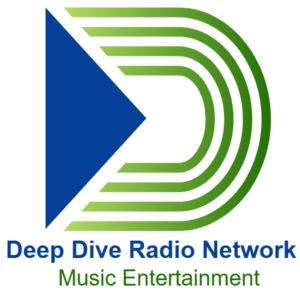Seventy-five years ago, amateur golfers would have wished for a chance to play golf with Ben Hogan. That doesn’t mean in 1952 they couldn’t beat him.Hogan, one of the best players in history, helped sponsor “Ben Hogan Day” along with Life Magazine as part of National Golf Day on May 31 that year.
ADVERTISEMENT
For a dollar, they could match scorecards against Hogan, the two-time defending U.S. Open champion. Hogan would be playing the Northwood Club in Dallas, the site of the upcoming 1952 U.S. Open, while golfers from around the country would be playing their private or municipal courses.But there’s a catch.Amateur players would be able to use their golf handicap to adjust their final score. Those with established handicaps would subtract that number from their 18-hole total. For those who didn’t have handicaps, the Callaway system was used.Using Callaway, a golfer shooting 75 or less would get no deduction. A score of 76-80 would allow for the worst hole to be subtracted, while those shooting 81-85 would be able to take off their worst hole plus half of the next worst hole score rounded up.Golfers who shot lower or netted a better score than Hogan would receive medals saying, “
I beat Ben Hogan
.”Proceeds from the $1 entry were split between the United Defense Fund and the National Golf Fund. U.S. military stationed around the world were eligible to enter, too.
The May 29, 1952 edition of the Fargo Forum previews “Beat Ben Hogan Day.” Newspapers.com. Click on image for link to original story.
“The one golfer I have the greatest respect for is the weekend golfer,” Hogan said. “He is a man who shoots in the 80s, 90s and 100s, but is always in there trying, whenever he can spare the time.”
ADVERTISEMENT
It proved to be a popular event in the Upper Midwest. Women were encouraged to play too — albeit the following day — and use their full handicap plus an additional five strokes.The flat-cap wearing Hogan expected to beat about one-third of the field.For the event, Hogan toured the 6,811-yard Northwood Club in 71, the course par. With temperatures in the high 80s, the champion golfer played in three hours with 1,500 fans following him around the course.How many would win medals?Nearly 44,000 players out of approximately 300,000 entrants across the country netted a better score.
Ten golfers in Fargo-Moorhead
beat Hogan, the Fargo Forum reported. In the Twin Cities, 86 players beat Hogan, according to the Minneapolis Tribune. In Duluth, nine players had winning scores and three won in Albert Lea, the Albert Lea Tribune said.Five-handicapper Jim Werre shot a 70 for a 65 net at Fargo Country Club. The lone female winner in Fargo-Moorhead was Nonie Haefer, whose 68 net at Edgewood was plenty to defeat Hogan.
ADVERTISEMENT
Other F-M winners were Leo Kossick Sr. 77 (66), John Wooledge 72 (67), S.M. Houkom 90 (67), Marvin Doherty 81 (67), Onward Berget 87 (68), Bill Swanston Jr. 77 (69) and Manny Marget 105 (69).In Duluth, John Berglund of Ridgeview Country Club had a 97 with his 30 handicap for a 67. Also at Ridgeview, West Neustle had a 69, Bill Schuster 70, Bob Magie Jr. 69, Bert Payne 69, Earl Mitchell 68, Charlie Bell 68 and Jack Irvin 68.At
Northland Country Club, Davis Bradley had a 70
, the only golfer of 32 at the course to beat Hogan’s score.The Minneapolis Tribune said 16 metro-area courses reported scores for 1,059 total entrants. Peggy Dulleck was the only woman to beat Hogan, scoring a 66 net after subtracting her handicap from her 108 total.Even Joe Coria, who would win the Minnesota State Open for a seventh time later in 1952, earned a medal with a 67 gross. Bill Waryan, the 1950 (and later 1957) state open winner, had a 69 gross.In 1953, Julius Boros, the winner of the 1952 U.S. Open, challenged all golfers to beat him in a similar event. When Hogan won the open again in 1953, the third and final event took place. He shot a 64, making it a difficult score to beat.
[embedded content]
ADVERTISEMENT




